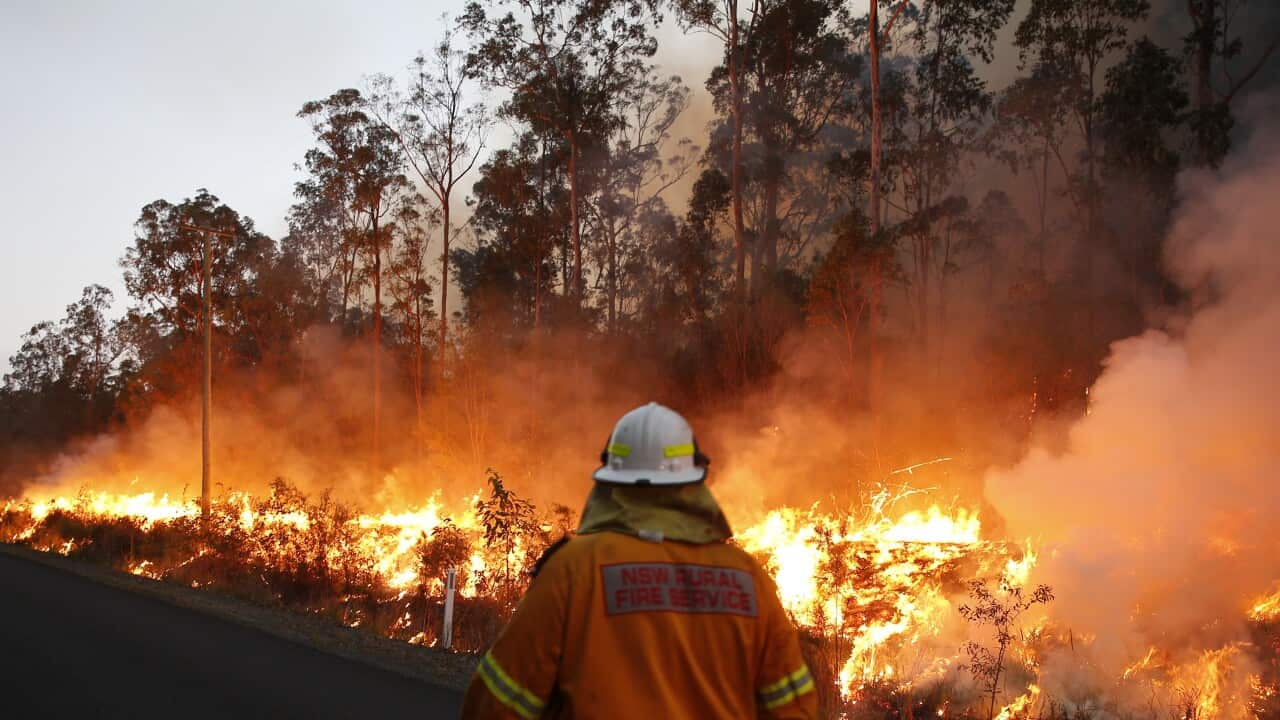Guarding Your Home: The Essential Duty of a BAL Report in Bushfire Readiness
Guarding Your Home: The Essential Duty of a BAL Report in Bushfire Readiness
Blog Article
Ensuring Shrub Fire Defense With Proper BAL Record Evaluation
In the realm of bush fire protection, the meticulous analysis of Bushfire Strike Degree (BAL) records stands as a keystone for guarding residential or commercial properties versus the devastating influence of wildfires. With ecological elements and residential property characteristics playing substantial functions in determining the level of risk, a complete understanding of BAL ratings comes to be important. Nevertheless, the genuine essence lies not simply in comprehending these records but in decoding them efficiently to create tailored fire protection approaches. By delving right into the importance of BAL record evaluation, we uncover a realm where educated choices pave the course in the direction of reinforcing residential or commercial property safety and durability in fire-prone regions.
Understanding Bushfire Strike Degree (BAL)
In the realm of bushfire protection, understanding the Bushfire Assault Level (BAL) is vital for guaranteeing reliable reduction strategies. Comprehending the BAL score of a property is crucial for residential or commercial property home builders, policymakers, and owners to apply suitable procedures to guard versus bushfire threats.

Importance of BAL Report Analysis
An important aspect in bushfire security planning involves the comprehensive evaluation of BAL reports to analyze the possible threats and establish appropriate mitigation techniques. BAL records provide critical info regarding the potential impact of bushfires on a home based on various variables such as plants kind, distance to prospective fire hazards, and slope of the land. Evaluating these records with accuracy is vital in developing effective bushfire defense procedures tailored to the certain threat profile of a home.
Applying Fire Defense Actions
Executing efficient fire security steps is important for guarding buildings in bushfire-prone areas. This entails clearing combustible vegetation, such as dry fallen leaves and branches, within a certain distance of the home.
Furthermore, having a well-maintained and sufficient water, such as a container or pool, can assist firemens in their initiatives to secure the residential property. It is necessary to have a clear discharge plan find more info in area and to guarantee that all locals are acquainted with the treatments. Furthermore, having firefighting devices easily available, such as pipes and fire extinguishers, can help in tackling little place fires prior to they escalate. Generally, implementing a combination of these fire protection measures can significantly enhance the chances of guarding residential or commercial properties throughout bushfire occasions.
Mitigating Dangers in Fire-Prone Locations
To fortify buildings versus bushfire threats, a strategic emphasis on mitigating dangers in fire-prone areas is essential. Mitigating threats in fire-prone areas involves a thorough method that encompasses various steps to minimize the likelihood and influence of bushfires. One crucial aspect of risk reduction is preserving defensible space around residential properties by getting rid you could look here of combustible plant life, making sure ample spacing in between trees and structures, and using fireproof landscape design techniques. Additionally, executing ember-proofing steps such as mounting steel mesh screens on home windows and covering roof cavities can assist stop coal assaults and reduce the risk of spot fires.
Additionally, creating or retrofitting structures with fire-resistant products and making sure proper maintenance of roofing systems, rain gutters, and exterior cladding can dramatically boost the residential or commercial property's strength to bushfires. Creating and exercising a bushfire emergency see it here plan with all occupants, consisting of evacuation treatments and communication methods, is likewise crucial in mitigating threats properly. By embracing a positive approach to take the chance of mitigation in fire-prone areas, property proprietors can better secure their possessions and boost general bushfire readiness.
Ensuring Property Security and Strength
Ensuring the security and durability of buildings in fire-prone locations requires a steadfast dedication to durable preventive procedures and tactical preparation. Residential property safety and security starts with carrying out effective actions to minimize fire hazards.
Resilience, on the various other hand, entails the capability of a property to hold up against and recover from a bushfire. By proactively dealing with these facets, residential property owners can much better protect their possessions and loved ones from the threat of bushfires.
Verdict
To conclude, guaranteeing bushfire defense with appropriate BAL report analysis is vital for recognizing the degree of threat presented by bushfires and executing required fire security steps. By minimizing dangers in fire-prone areas and making sure home safety and resilience, neighborhoods and individuals can much better get ready for and react to bushfire events. It is essential to focus on fire precaution to protect lives and residential property in these risky environments.
In the realm of bush fire protection, the meticulous analysis of Bushfire Attack Degree (BAL) records stands as a foundation for securing residential properties against the devastating impact of wildfires (BAL Report). Recognizing the BAL ranking of a home is critical for residential or commercial property policymakers, home builders, and proprietors to carry out ideal steps to safeguard against bushfire risks

BAL records supply important details concerning the potential effect of bushfires on a property based on different elements such as plants kind, range to prospective fire dangers, and slope of the land (BAL Report). Overall, carrying out a combination of these fire defense procedures can substantially enhance the possibilities of securing buildings during bushfire occasions
Report this page